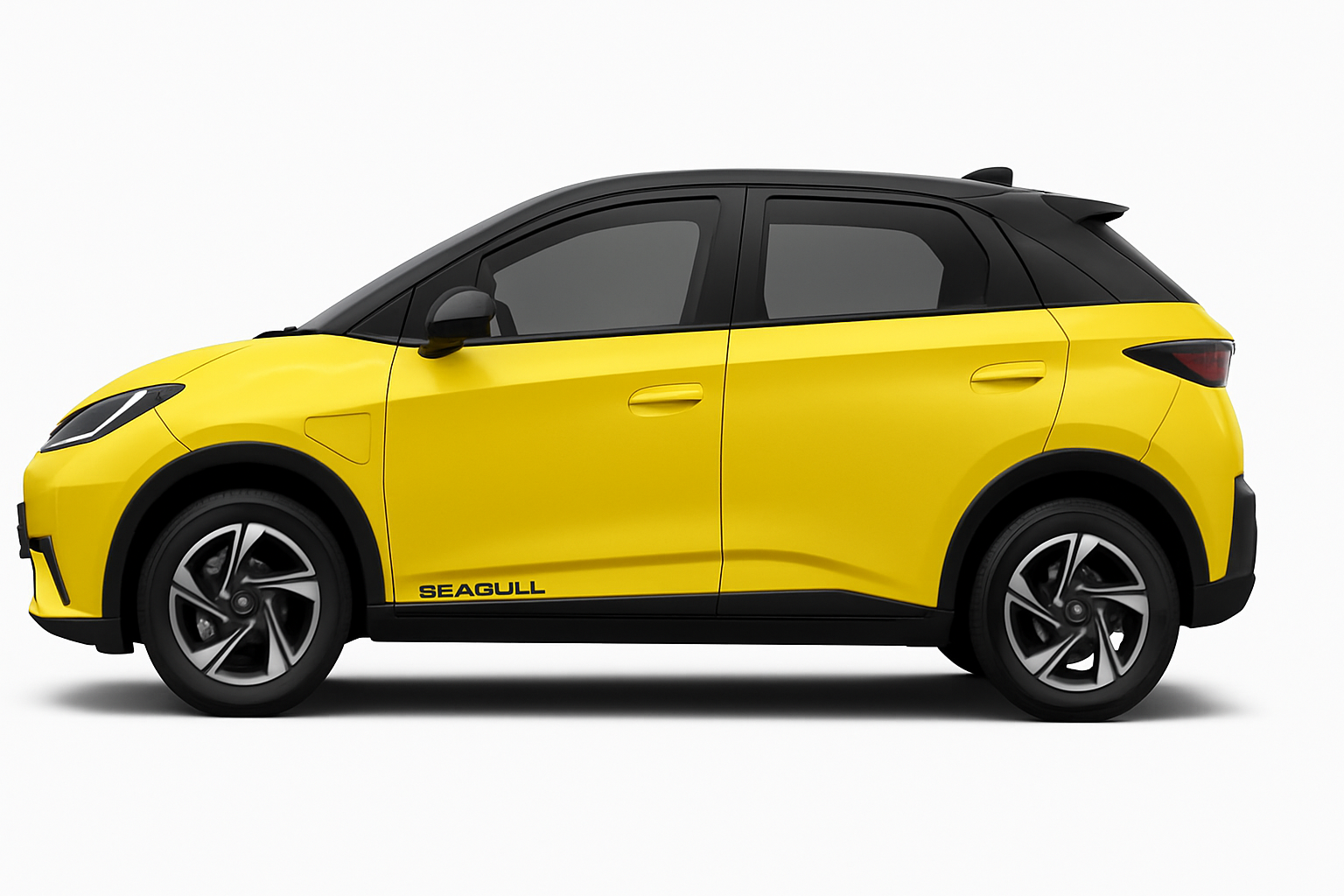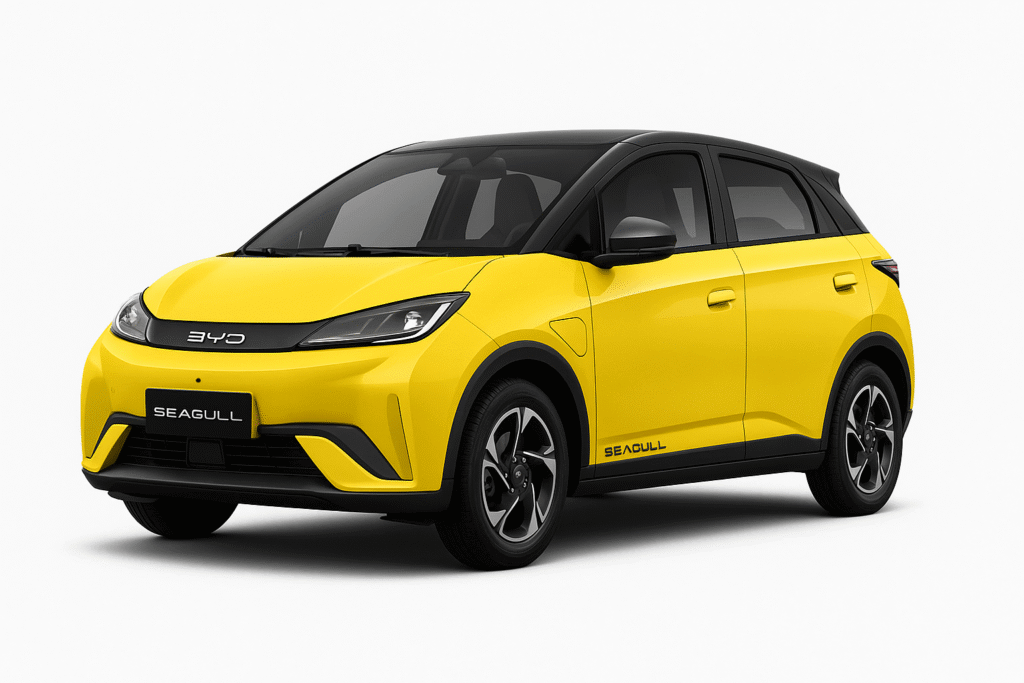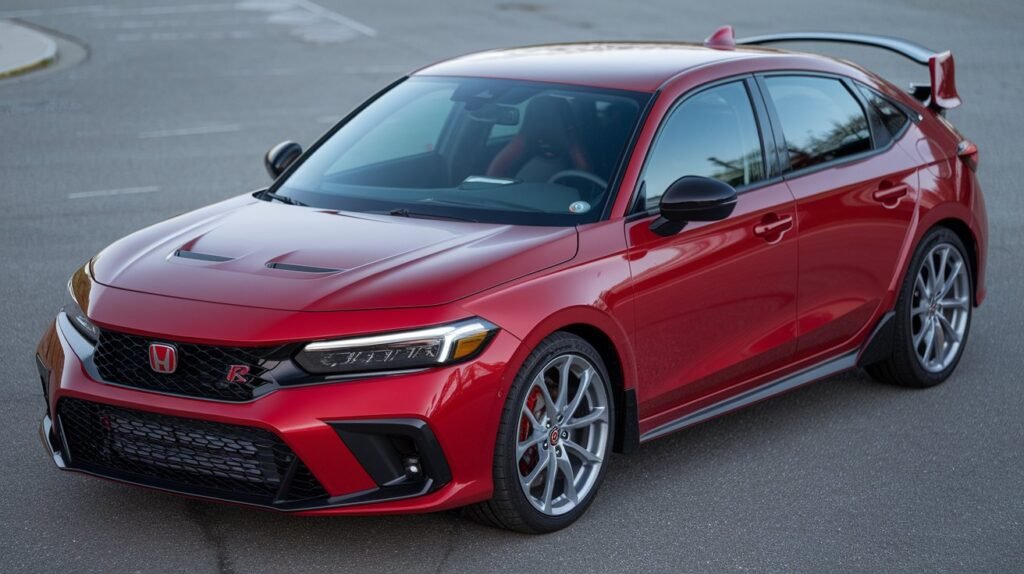Introduction: What Is the BYD Seagull and Why Is Everyone Talking About It?
If you’re even a little curious about electric cars, you’ve probably heard some buzz around a tiny, affordable EV from China that’s been making waves: the BYD Seagull. With a starting price of under $11,000 (yes, you read that right), it’s not just another electric vehicle—it’s a potential game-changer.
This article is for anyone exploring affordable EV options, wondering how far their money can really go in 2025, or simply curious about the new contenders challenging industry giants like Tesla, Nissan, or even emerging players like MG and XPeng. We’ll unpack everything you need to know about the BYD Seagull: its specs, design, features, on-road performance, pros and cons, market positioning, and how it stacks up against competitors.
By the end of this guide, you’ll know whether the Seagull fits your lifestyle and whether it’s worth considering over more established electric models.
Table of Contents
BYD Seagull Overview: Specs at a Glance
Here’s a quick snapshot of the Seagull’s main specifications and what you can expect from this budget EV:
| Feature | BYD Seagull |
|---|---|
| Price | Starting around $10,700 (China) |
| Battery Options | 30.08 kWh or 38.88 kWh Blade battery |
| Range | Approx. 190–250 miles (CLTC) |
| Charging | DC fast charging (30 min to 80%) |
| Motor Output | 55 kW (74 hp) |
| Top Speed | ~80 mph |
| Dimensions | 3,780mm L × 1,715mm W × 1,540mm H |
| Seating | 4 passengers |
It may look like a basic city car on paper, but what sets the Seagull apart is its balance of price, features, and safety. BYD’s proprietary Blade Battery technology offers a high safety standard while maintaining a lightweight, compact design. It’s rare to see this level of tech in cars this affordable.
Design and Interior: Compact but Clever
From the outside, the BYD Seagull has a youthful, contemporary look. It blends sleek lines with a sharp front fascia, aerodynamic profile, and LED lighting to give it a modern presence. For a subcompact, the aesthetic effort is admirable.

The car comes in vibrant color options that reflect its appeal to younger and first-time car buyers. The bold wheel arches, aggressive headlights, and minimalist tail design help it avoid looking like a traditional “cheap car.”
Interior Highlights
Despite its price, the Seagull offers a thoughtfully designed interior:
- A surprisingly roomy cabin given its footprint
- Rotating 10.1″ touchscreen with BYD’s DiLink operating system
- Digital gauge cluster
- Flat-bottom steering wheel with integrated controls
- Wireless smartphone charging (on top trims)
- Faux leather upholstery (on higher variants)
The cabin feels refined for its class, with quality materials and intuitive layout. There’s also decent visibility all around, which is ideal for navigating crowded urban environments.
Storage space is limited, as expected from a compact EV, but BYD has utilized every inch efficiently. Foldable rear seats help increase flexibility when you need to carry groceries or small luggage.
Performance and Range: What Can You Expect on the Road?
The BYD Seagull isn’t aiming to deliver sports car performance—but it does just fine in everyday driving. With a 55 kW (74 hp) motor and 135 Nm of torque, it accelerates smoothly and handles city traffic effortlessly.
Range Options
- 30.08 kWh version: Approx. 190 miles on the CLTC cycle (closer to ~150 in real-world conditions)
- 38.88 kWh version: Up to 250 miles (realistically around 200 miles in mixed driving)
While these figures are based on China’s CLTC standards—which tend to be more optimistic than Europe’s WLTP—you’re still getting solid range for under $11,000.
Charging and Efficiency
One of the biggest surprises is the inclusion of DC fast charging, which is almost unheard of in this price segment. You can get from 30% to 80% charge in just about 30 minutes. It also supports standard AC charging for home setups.
Energy efficiency is one of the Seagull’s strengths, with low rolling resistance tires and a lightweight frame helping to maximize battery life.
How Does the BYD Seagull Compare to Other Budget EVs?
To understand how the Seagull fits into the global budget EV scene, let’s see how it compares with two popular alternatives: the Dacia Spring (sold in Europe) and the Wuling Air EV (popular in Asia).
| Feature | BYD Seagull | Dacia Spring | Wuling Air EV |
| Starting Price | ~$10,700 | ~$14,000 | ~$9,000 |
| Range (CLTC/WLTP) | 190–250 mi | 143 mi (WLTP) | ~120 mi (CLTC) |
| Motor Output | 74 hp | 45 hp | 41 hp |
| Charging | DC fast charging | AC only | AC only |
| Interior Tech | 10.1″ screen, wireless features | Basic infotainment | Minimalist controls |
The Seagull beats both rivals on performance, range, and tech features—while staying competitive on price. Its fast charging capability also gives it an edge for urban users who don’t have regular access to home charging.
Who Is the BYD Seagull For?
The BYD Seagull was clearly designed with a specific audience in mind:
- First-time car buyers who want something affordable, modern, and electric
- Urban dwellers who need a nimble, efficient ride for daily commutes
- Young professionals and students looking for a low-maintenance vehicle
- Eco-conscious drivers who want to reduce their carbon footprint without spending big
It’s not just about affordability—it’s about expanding access to EV ownership. The Seagull does just that.
Pros and Cons of the BYD Seagull
Let’s break down what makes the Seagull shine—and where it might fall short.
Pros:
- Exceptional affordability for a well-equipped EV
- Modern infotainment system with rotating touchscreen
- Surprisingly spacious for a compact car
- Reliable Blade Battery with strong safety profile
- Fast charging support, rare in this class
- Minimalistic but trendy design appeals to younger drivers
Cons:
- Not ideal for highway cruising or long-distance road trips
- Limited cargo space due to small footprint
- Availability limited to certain regions as of early 2025
- Lower horsepower may not satisfy performance enthusiasts
Global Availability: When Will the Seagull Come to You?
The Seagull is currently available in China, where it has seen massive success, with thousands of units sold within weeks of launch. BYD has officially announced plans to expand the Seagull’s reach to Latin America, Southeast Asia, South Africa, and select European markets by the end of 2025.
BYD hasn’t confirmed a U.S. release, but given their growing ambitions and success with other models like the Dolphin and Atto 3, it’s not out of the question. If the company can navigate safety regulations and consumer expectations, a U.S. release could be highly disruptive.

In Europe, expectations are high for an under-€13,000 EV that can meet emissions standards and deliver high efficiency. BYD may partner with local distributors to streamline market entry.
Is the BYD Seagull Worth It?
For the price, few vehicles offer as much as the Seagull. It’s not just about getting from point A to B—it’s about doing it efficiently, affordably, and with some style. The Seagull proves that electric vehicles don’t have to be premium to be impressive.
It won’t work for everyone. If you need a family vehicle or plan long drives on the highway, you may find it lacking in power and space. But as a second car, a city commuter, or a first EV—it’s nearly unbeatable.
Final Thoughts and Takeaways
The BYD Seagull is more than a low-cost EV. It’s a symbol of how far the electric car industry has come in the last decade. For under $11,000, you’re getting a well-built, tech-forward, efficient, and stylish little car that doesn’t feel like a downgrade from gasoline alternatives.
Key Takeaways:
- It’s ideal for urban driving, students, and budget-conscious buyers.
- It offers better range and features than competitors in the same price range.
- It represents a major push toward affordable, mass-market EVs globally.
As BYD expands its presence, the Seagull may become the new benchmark for entry-level EVs. Keep an eye out—it could soon be coming to a city near you.
Want more electric car insights? Don’t miss our latest roundups like Top 5 Smallest Electric Cars in 2025 or our hands-on review of the BYD Sealion 7.
FAQs
1. What is the starting price of the BYD Seagull?
The BYD Seagull starts at around $10,700 in China, making it one of the most affordable electric vehicles on the market today.
2. How far can the BYD Seagull go on a full charge?
It offers two battery options:
- 30.08 kWh battery: up to 190 miles (CLTC)
- 38.88 kWh battery: up to 250 miles (CLTC)
Real-world ranges are slightly lower but still competitive for a budget EV.
3. Does the BYD Seagull support fast charging?
Yes, it supports DC fast charging, allowing a 30% to 80% charge in about 30 minutes, which is rare in this price range.
4. How many people can the BYD Seagull seat?
The Seagull is a 4-seater compact hatchback, ideal for city driving and small families.
5. What kind of battery does the BYD Seagull use?
It uses BYD’s proprietary Blade Battery technology, known for its high safety standards, durability, and thermal stability.
6. Is the BYD Seagull available outside of China?
As of 2025, it’s available in China and expanding to Latin America, Southeast Asia, South Africa, and parts of Europe. A U.S. release hasn’t been confirmed yet.
7. What are the main competitors of the BYD Seagull?
Its closest rivals include the Dacia Spring, Wuling Air EV, and Renault Kwid E-Tech, though the Seagull often leads in performance and tech.
8. Is the BYD Seagull good for highway driving?
It can reach around 80 mph, so it’s capable of highway speeds, but it’s primarily designed for urban commuting and short trips, not long-distance cruising.
9. What technology features does the BYD Seagull include?
Top trims come with a 10.1″ rotating touchscreen, BYD’s DiLink infotainment system, wireless phone charging, and a digital instrument cluster.
10. Is the BYD Seagull worth buying in 2025?
Yes—if you’re looking for a budget-friendly, efficient, and well-equipped EV for city driving, the Seagull offers outstanding value in its segment.

